Clostop 500 mg Tablet 10's
MRP ₹194.5
(Inclusive of all Taxes)
₹29.2 Cashback (15%)
Provide Delivery Location
Online payment accepted
 Prescription drug
Prescription drugWhats That
Composition :
Manufacturer/Marketer :
Consume Type :
Expires on or after :
Return Policy :
NPPA :
About Clostop 500 mg Tablet
Clostop 500 mg Tablet is a combination medicine used to treat dysmenorrhea (period pain) and menorrhagia (heavy menstrual bleeding). Besides this, Clostop 500 mg Tablet is also used to treat severe blood loss, swelling in various body parts, fever, inflammation, and migraine headache. Menstrual cramps, also known as dysmenorrhea, are characterized by cramps and pain during menstruation. Menorrhagia is a condition with abnormally heavy or prolonged bleeding during menstruation/periods.
Clostop 500 mg Tablet is a combination of two drugs: Tranexamic acid (anti-fibrinolytic) and Mefenamic acid (NSAID). Tranexamic acid helps the body's natural blood clot process by preventing fibrin's breakdown, this stops fibrinolysis, a process that stops blood clot formation. Mefenamic acid works by blocking the effect of chemical messengers that cause pain.
You are advised to take Clostop 500 mg Tablet for as long as your doctor has prescribed it for you, depending on your medical condition. In some cases, you may experience certain common side-effects such as nausea, vomiting, diarrhoea, indigestion, heartburn, and headache. Most of these side-effects do not require medical attention and will resolve gradually over time. However, you are advised to talk to your doctor if you experience these side-effects persistently.
Consult your doctor if you are pregnant or breastfeeding. Clostop 500 mg Tablet may cause dizziness, so drive with caution. Clostop 500 mg Tablet should not be given to children as safety and efficacy have not been established. Avoid consuming alcohol along with Clostop 500 mg Tablet as it could lead to increased drowsiness and dizziness, it might also increase the risk of stomach bleeding. Keep your doctor informed about your health condition and medicines to rule out any side-effects/interactions.
Uses of Clostop 500 mg Tablet
Directions for Use
Key Benefits
Clostop 500 mg Tablet is a combination of two drugs, namely: Tranexamic acid and Mefenamic acid. Clostop 500 mg Tablet is used to treat abdominal pain, dysmenorrhea (period pain), and menorrhagia (heavy menstrual bleeding). Additionally, Clostop 500 mg Tablet is also used to treat severe blood loss, swelling in various body parts, fever, inflammation, and migraine headache. Tranexamic acid is an anti-fibrinolytic agent that helps the body's natural blood clot process by preventing fibrin's breakdown, this stops fibrinolysis, a process that stops blood clot formation. Mefenamic acid is an NSAID that works by blocking the effect of a chemical messenger in the body, known as cyclo-oxygenase (COX) enzymes that make other chemical prostaglandins. By blocking the COX enzyme's effect, lesser prostaglandins are produced, which reduces mild to moderate pain and inflammation at the injured or damaged site. Together, Clostop 500 mg Tablet helps treat heavy bleeding and pains/cramps during periods.
Storage
- Drink water or other clear fluids.
- To prevent worsening of pain, limit intake of tea, coffee, or alcohol.
- Include bland foods like rice, toast, crackers, and rice in your diet.
- Avoid lying down immediately after eating as it may cause indigestion or heartburn.
- Avoid acidic and spicy food as it may cause indigestion.
- Talk to your doctor about your back pain and potential medication substitutes or dose changes.
- Try yoga or Pilates and other mild stretching exercises to increase flexibility and strengthen your back muscles.
- To lessen the tension on your back, sit and stand upright and maintain proper posture.
- To alleviate discomfort and minimize inflammation, apply heat or cold packs to the afflicted area.
- Under your doctor's supervision, think about taking over-the-counter painkillers like acetaminophen or ibuprofen.
- Make ergonomic adjustments to your workspace and daily activities to reduce strain on your back.
- To handle tension that could make back pain worse, try stress-reduction methods like deep breathing or meditation.
- Use pillows and a supportive mattress to keep your spine in the right posture as you sleep.
- Back discomfort can worsen by bending, twisting, and heavy lifting.
- Speak with a physical therapist to create a customized training regimen to increase back strength and flexibility.
- Include omega-3 rich foods like fatty fish, ground flax, flaxseed oil, and walnuts.
- Consume calcium-rich dairy products for bone health.
- Eat green and leafy vegetables for essential nutrients.
- Include lean protein sources like eggs and whole grains.
- Use herbs and spices for added flavor and nutrition.
- Choose fortified foods for extra nutritional benefits.
- Get plenty of sleep for overall health and well-being.
- Hydrate your body: Drink enough water to prevent dehydration and headaches.
- Calm Your Mind: Deep breathing and meditation can help you relax and relieve stress.
- Rest and Recharge: Sleep for 7-8 hours to reduce headache triggers.
- Take rest: lie down in a quiet, dark environment.
- Cold or warm compresses can help reduce tension.
- Stay Upright: Maintain good posture to keep symptoms from getting worse.
- To treat headaches naturally, try acupuncture or massage therapy.
- Over-the-counter pain relievers include acetaminophen and ibuprofen.
- Prescription Assistance: Speak with your doctor about more substantial drug alternatives.
- Severe Headaches: Seek emergency medical assistance for sudden, severe headaches.
- Frequent Headaches: If you get reoccurring headaches, consult your doctor.
- Headaches with Symptoms: Seek medical attention if your headaches include fever, disorientation, or weakness.
- Lie down or take a nap in dark and quiet room.
- To avoid dehydration, drink plenty of fluids.
- In case of mild to moderate migraine, you can take over-the-counter pain relievers like paracetamol or ibuprofen.
- Apply an ice pack or cool cloth on your forehead.
- Try relaxation techniques such as yoga, meditation, or deep breathing to reduce stress and relax.
- Avoid foods and drinks that trigger migraine such as chocolate, alcohol, cheese, caffeine, processed meats, artificial sweeteners and dried fruits.
- Manage your stress by eating healthy, exercising and a regular sleep schedule.
Drug Warnings
Do not take Clostop 500 mg Tablet if you are allergic to any of its contents or if you have severe heart failure. Inform your doctor if you have/had deep vein thrombosis, pulmonary embolism (block a blood vessel in the lungs), coagulopathy (formation of blood clots), epilepsy, irregular periods, heart, kidney, or liver problems. Consult your doctor if you are pregnant or breastfeeding. Clostop 500 mg Tablet may cause dizziness and drowsiness, so drive only if you are alert. Clostop 500 mg Tablet should not be given to children as safety and effectiveness have not been established. Avoid consuming alcohol along with Clostop 500 mg Tablet as it could lead to increased drowsiness and can increase the risk of stomach bleeding. Do not take any other NSAIDs for pain relief along with Clostop 500 mg Tablet unless prescribed.
Drug-Drug Interactions
Drug-Drug Interactions
Login/Sign Up
Taking drospirenone with Clostop 500 mg Tablet may increase the risk of blood clot formation.
How to manage the interaction:
Taking Clostop 500 mg Tablet with Drospirenone is not recommended, as it can lead to an interaction but can be taken if prescribed by the doctor. However, If you suffer from chest discomfort, shortness of breath, blood in the urine, blood in the cough, sudden loss of vision, and pain, redness, or swelling in your arm or leg, consult your doctor immediately.
Taking Levonorgestrel with Clostop 500 mg Tablet may increase the risk of blood clot formation which can lead to serious conditions such as heart problems and kidney failure.
How to manage the interaction:
Taking Clostop 500 mg Tablet with Levonorgestrel may leads to an interaction but can be taken if prescribed by the doctor. However, if you experience chest pain; shortness of breath; coughing up blood; blood in the urine; sudden loss of vision; and pain, redness, or swelling in your arm or leg, consult the doctor immediately. Do not stop using any medications without talking to a doctor.
Taking Ethinylestradiol with Clostop 500 mg Tablet may increase the risk of blood clot formation.
How to manage the interaction:
Taking Ethinylestradiol with Clostop 500 mg Tablet is not recommended, as it can lead to an interaction, but can be taken if a doctor has prescribed it. However, if you suffer from chest discomfort, shortness of breath, blood in the urine, blood in the cough, sudden loss of vision, and pain, redness, or swelling in your arm or leg, consult doctor immediately. Do not stop using any medications without talking to a doctor.
Taking Medroxyprogesterone acetate with Clostop 500 mg Tablet may increase the risk of blood clots.
How to manage the interaction:
Taking Medroxyprogesterone with Clostop 500 mg Tablet is not recommended but can be taken if prescribed by a doctor. Consult your doctor immediately if you experience symptoms such as chest pain, shortness of breath, coughing up blood, blood in the urine, sudden loss of vision, and pain, redness, or swelling in your arm or leg. Do not stop using any medications without talking to your doctor.
Co-administration of Clostop 500 mg Tablet may cause blood clotting when taken with Etonogestrel.
How to manage the interaction:
Taking Clostop 500 mg Tablet with Etonogestrel is not recommended, as it can lead to an interaction but can be taken if prescribed by the doctor. However, If you suffer from chest discomfort, shortness of breath, blood in the urine, blood in the cough, sudden loss of vision, and pain, redness, or swelling in your arm or leg, consult your doctor immediately.
Using Clostop 500 mg Tablet together with norethindrone may increase the risk of blood clots.
How to manage the interaction:
Taking norethisterone with Clostop 500 mg Tablet can lead to an interaction, however, it can be taken only if a doctor has advised it. If you experience symptoms such as chest pain, shortness of breath, coughing up blood, blood in the urine, sudden loss of vision, and pain, redness, or swelling in your arm or leg, contact a doctor immediately .Do not discontinue any medications without consulting a doctor.
Co-administration of Carfilzomib with Clostop 500 mg Tablet can increase the risk of blood clots.
How to manage the interaction:
Taking carfilzomib with Clostop 500 mg Tablet is not recommended due to its increased effects, however, it can be taken only if a doctor has advised it. If you experience symptoms such as chest pain, shortness of breath, difficulty breathing, coughing up blood, sudden loss of vision, pain, and numbness or weakness on one side of the body contact a doctor immediately. Do not discontinue any medications without consulting a doctor.
Co-administration of Estramustine with Clostop 500 mg Tablet can increase the risk of blood clots.
How to manage the interaction:
Taking Estramustine with Clostop 500 mg Tablet possibly lead to an interaction, however, it can be taken only if a doctor has advised it. If you experience symptoms such as chest pain, shortness of breath, difficulty breathing, coughing up blood, sudden loss of vision, pain, and numbness or weakness on one side of the body contact a doctor immediately. Do not discontinue any medications without consulting a doctor.
Co-administration of tamoxifen with Clostop 500 mg Tablet can increase the risk of blood clots.
How to manage the interaction:
Although taking tamoxifen and Clostop 500 mg Tablet together can possibly result in an interaction, it can be taken if your doctor has prescribed it. However, consult the doctor immediately if you experience symptoms such as chest pain, shortness of breath, difficulty breathing, coughing up blood, sudden loss of vision, pain, redness or swelling in an arm or leg, and numbness or weakness on one side of the body. Do not discontinue any medications without consulting a doctor.
Co-administration of tretinoin with Clostop 500 mg Tablet may increase the risk of blood clots.
How to manage the interaction:
Taking tretinoin with Clostop 500 mg Tablet is not recommended due to its increased effects, however, it can be taken only if your doctor has advised it. If you experience symptoms such as chest pain, difficulty breathing, coughing up blood, sudden loss of vision, pain, and numbness or weakness on one side of the body contact a doctor immediately. Do not discontinue any medications without consulting a doctor.
Drug-Food Interactions
Drug-Food Interactions
Login/Sign Up
Diet & Lifestyle Advise
- Follow a healthy diet. Include vegetables, fruits, and whole grains in your meals.
- Stay hydrated; drink plenty of water.
- Cut down on sugars, salts, spicy food, coffee, and alcohol.
- A heating pad can help ease the pain by placing it on the belly or lower back.
- Exercise can help ease the pain of menstrual cramps.
- Avoid stress by performing meditation or yoga.
- Massage your lower back or abdomen to relieve the pain.
- Take proper rest.
Side Effects of Clostop 500 mg Tablet
- Nausea
- Vomiting
- Diarrhoea
- Indigestion
- Heartburn
- Headache
- Musculoskeletal pain
- Stomach pain
Habit Forming
Therapeutic Class
All Substitutes & Brand Comparisons
RX
Tenacid-MF Tablet 10's
Leeford Healthcare Ltd
₹187.5
(₹16.88 per unit)
3% CHEAPERRX
Etosys-MF Tablet 10's
Systopic Laboratories Pvt Ltd
₹229.5
(₹20.66 per unit)
17% COSTLIERRX
Texakind-MF Tablet 10's
Mankind Pharma Pvt Ltd
₹299
(₹26.91 per unit)
53% COSTLIER
Author Details
We provide you with authentic, trustworthy and relevant information
Drug-Diseases Interactions
Drug-Diseases Interactions
Login/Sign Up
FAQs
Drug-Drug Interactions Checker List
- IBUPROFEN
- CELECOXIB
- DULOXETINE
- FLUOXETINE
- SERTRALINE
Disease/Condition Glossary
Menorrhagia: Menorrhagia is a condition with abnormally heavy or prolonged bleeding during menstruation/periods. The exact cause of menorrhagia is unknown, but it could be due to hormonal imbalance, dysfunction of the ovaries, uterine fibroids, polyps, inherited bleeding disorders, intrauterine devices, or medications. Symptoms include socking through one/more sanitary pads/tampons for every hour, needing to use double sanitary protection to control the flow, needing to wake up during the night to change the pad, bleeding for more than a week, passing blood clots, unable to do daily activities due to heavy flow, tiredness, and fatigue.
Dysmenorrhea: Menstrual cramps, also known as dysmenorrhea, is characterised by cramps and pain during menstruation due to heavy flow. Pain, cramps, and discomfort during periods are normal. However, excessive pain during periods is not normal and requires medication. Symptoms of dysmenorrhea include intense throbbing pain in the lower abdomen, dull, continuous aches, pain in the lower back and thighs, nausea, headache, and dizziness. The pain usually starts 1-3 days prior to the period, peaks one day before the period starts, and subsides 2-3days after the onset of the period.

Have a query?
Alcohol
Safe if prescribed
Avoid consumption of alcohol while taking Clostop 500 mg Tablet as it may cause increased drowsiness. It can also increase the risk of stomach bleeding.
Pregnancy
Consult your doctor
Please consult your doctor if you are pregnant or if you have any concerns regarding this; your doctor will prescribe only if the benefits outweigh the risks.
Breast Feeding
Consult your doctor
Consult your doctor before taking Clostop 500 mg Tablet if you are breastfeeding, your doctor will decide if Clostop 500 mg Tablet can be taken by breastfeeding mothers or not.
Driving
Safe if prescribed
Clostop 500 mg Tablet may cause drowsiness and dizziness. Do not drive or operate machinery unless you are alert.
Liver
Consult your doctor
Dose adjustment may be needed in patients with liver impairment. Please consult your doctor if you have a liver impairment or any concerns regarding this.
Kidney
Consult your doctor
Dose adjustment may be needed in patients with renal disease. Please consult your doctor if you have kidney impairment or any concerns regarding this.
Children
Safe if prescribed
Clostop 500 mg Tablet should not be given to children as the safety and effectiveness were not established.

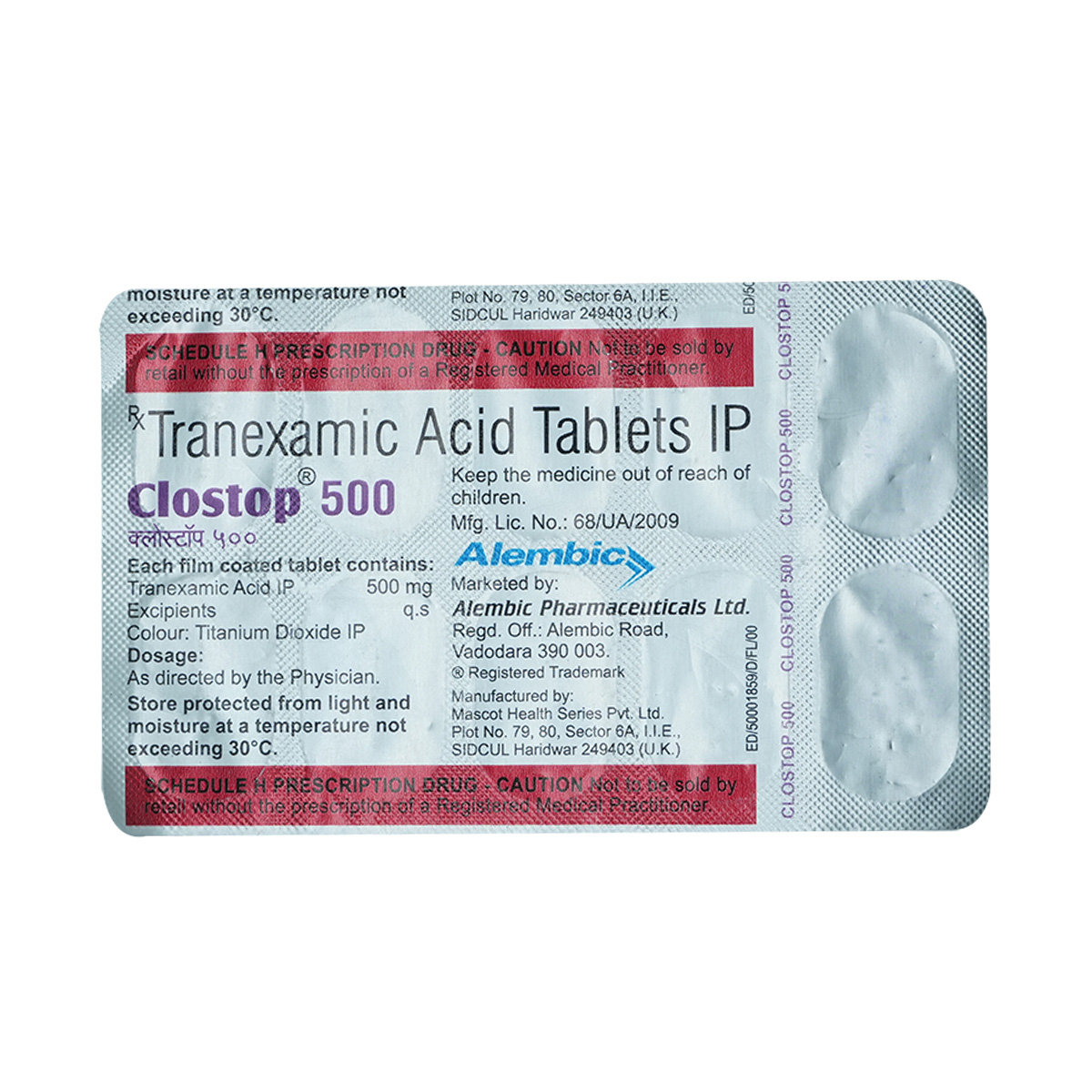
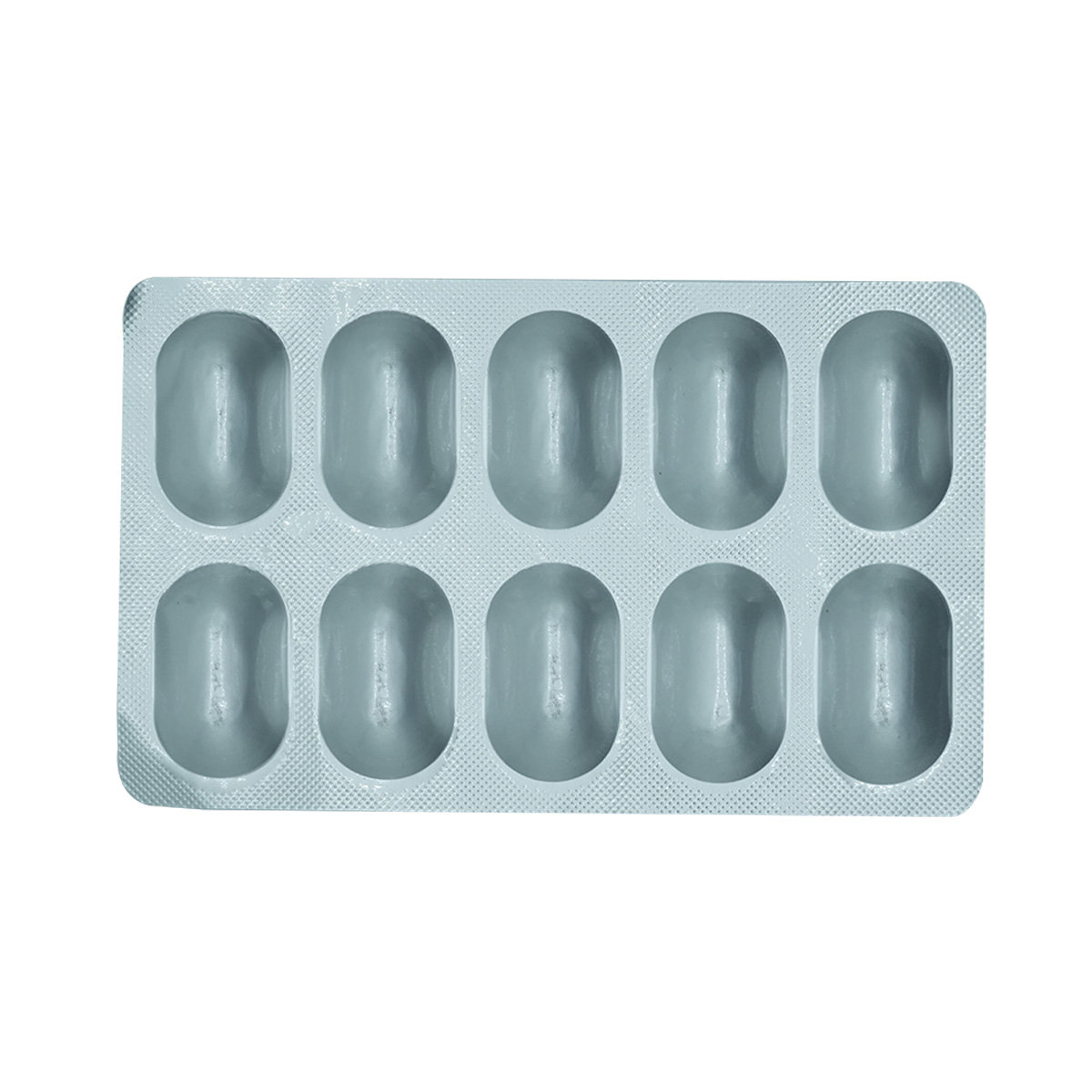



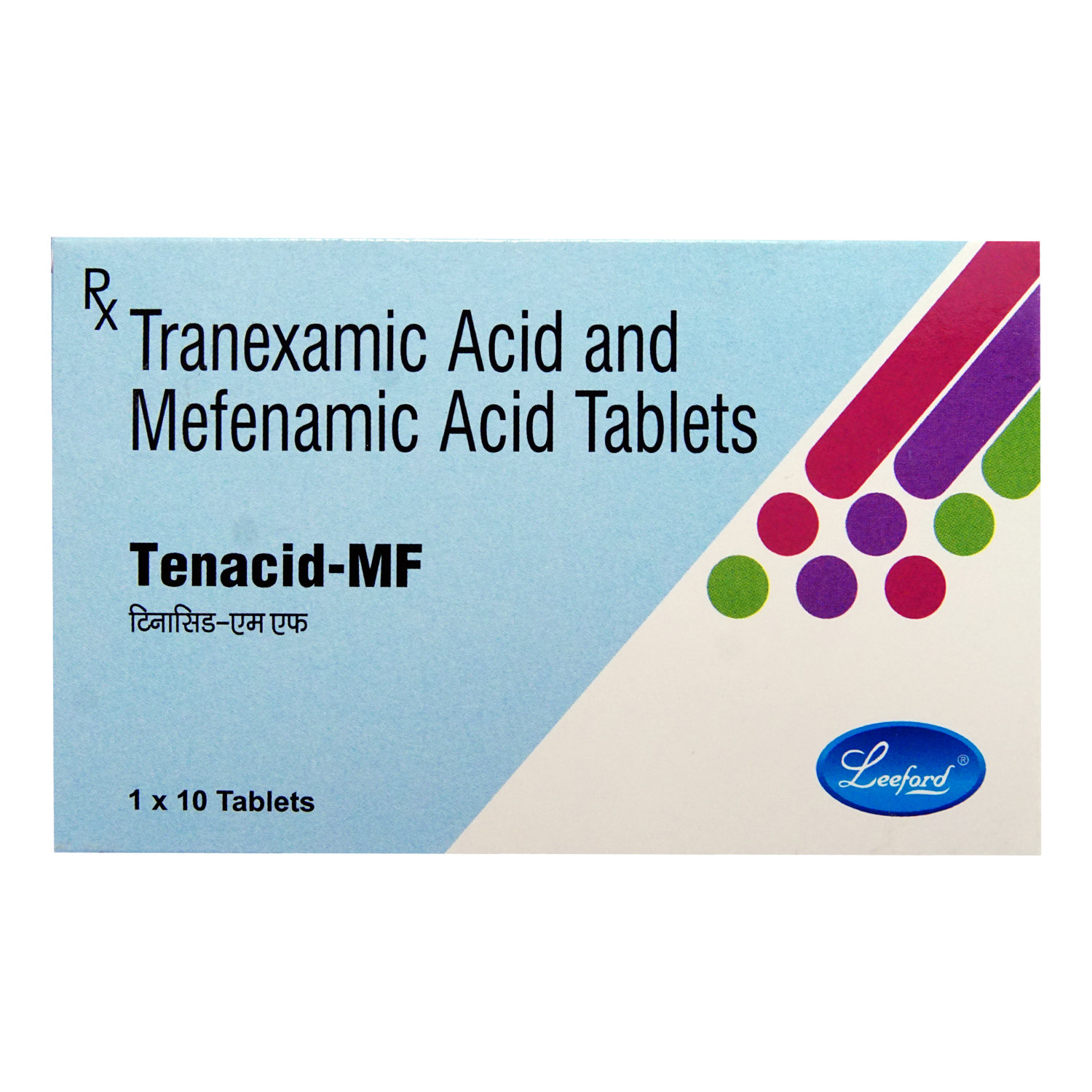
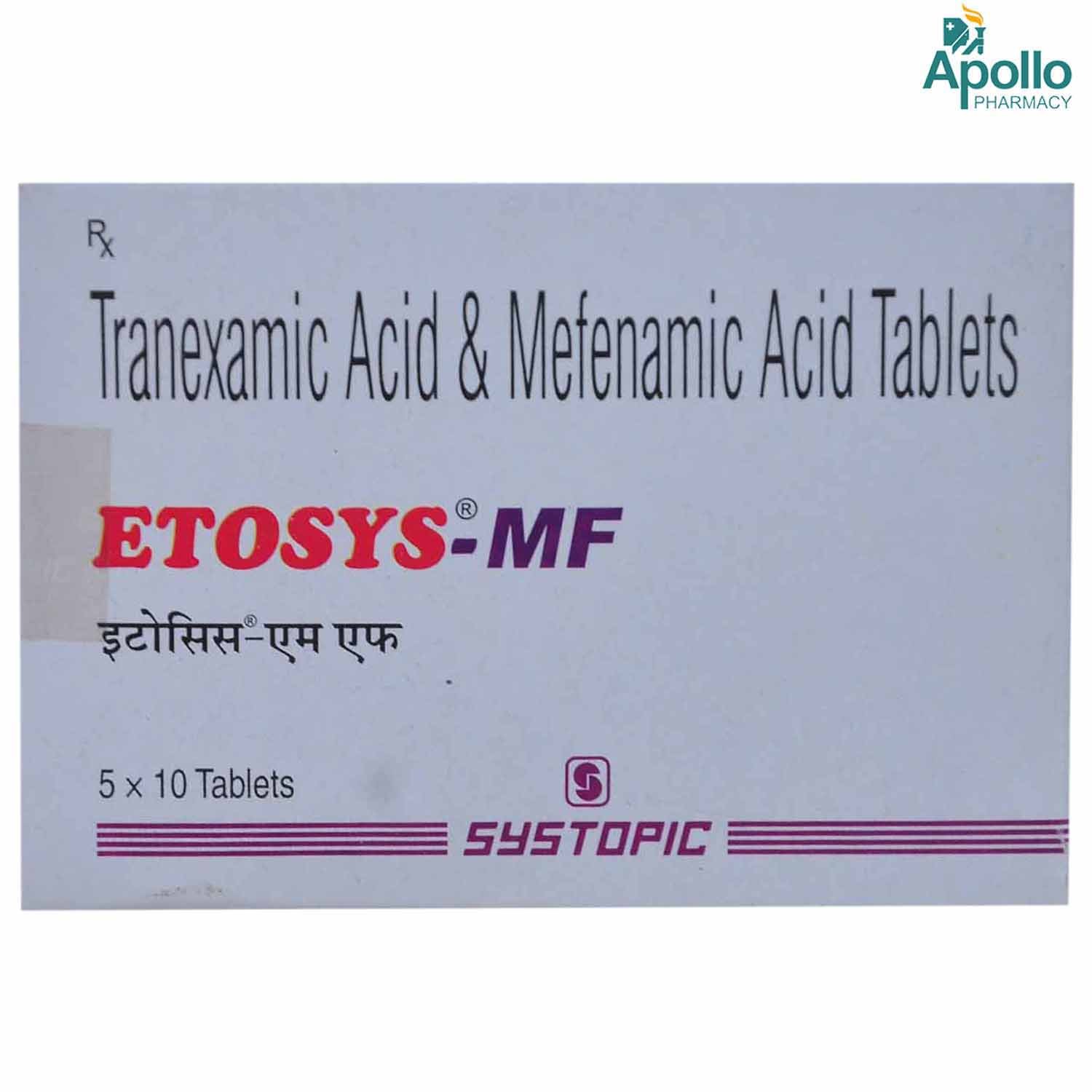
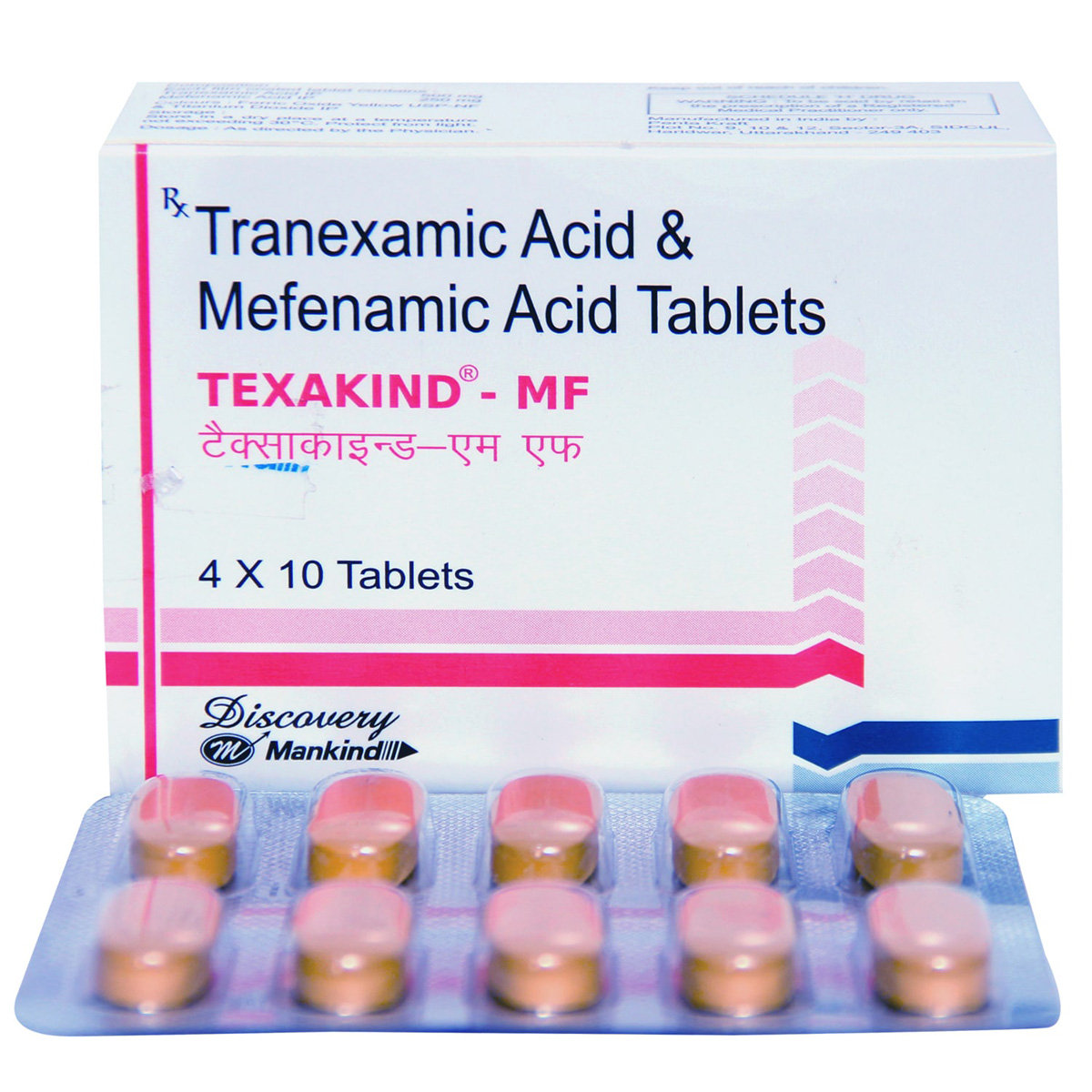
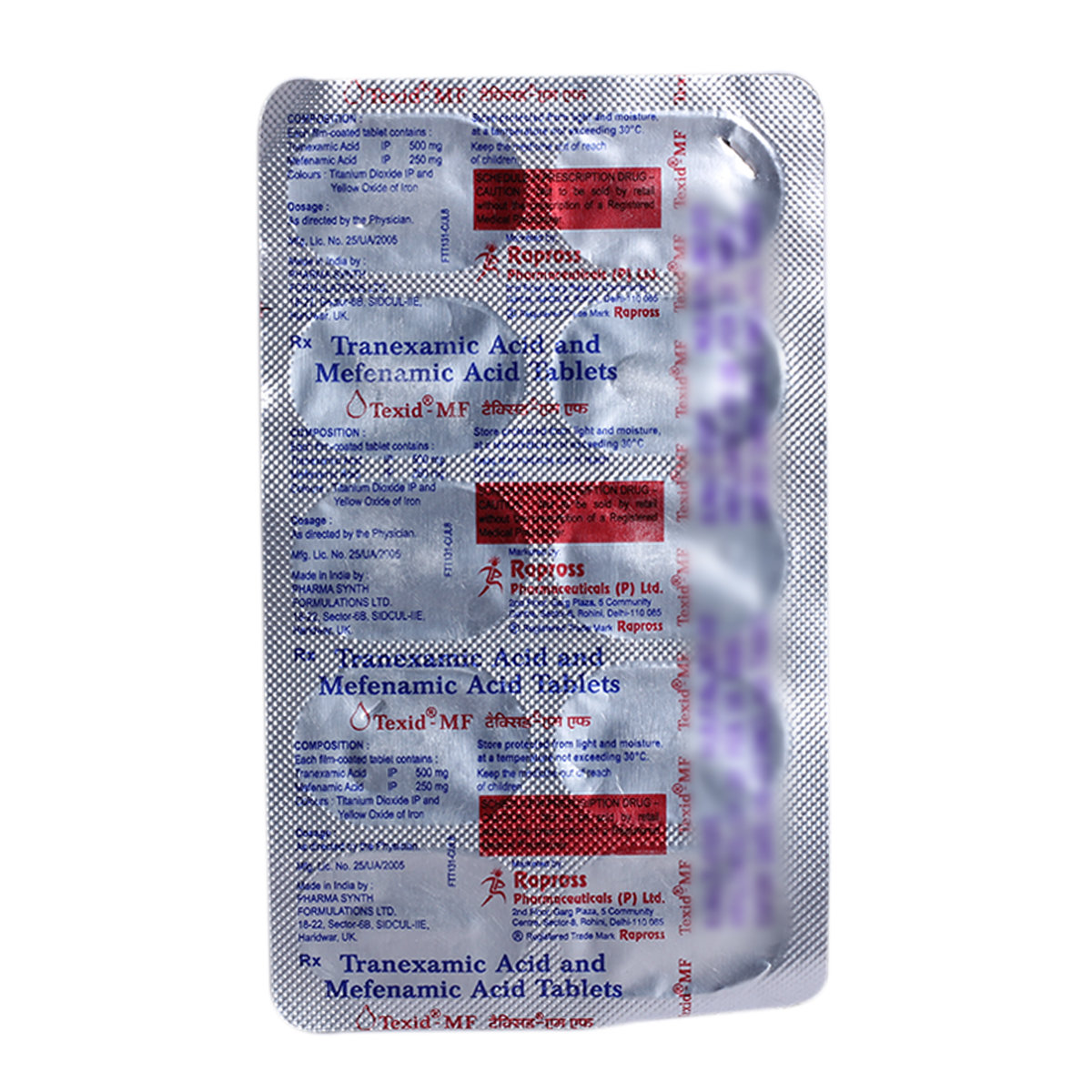
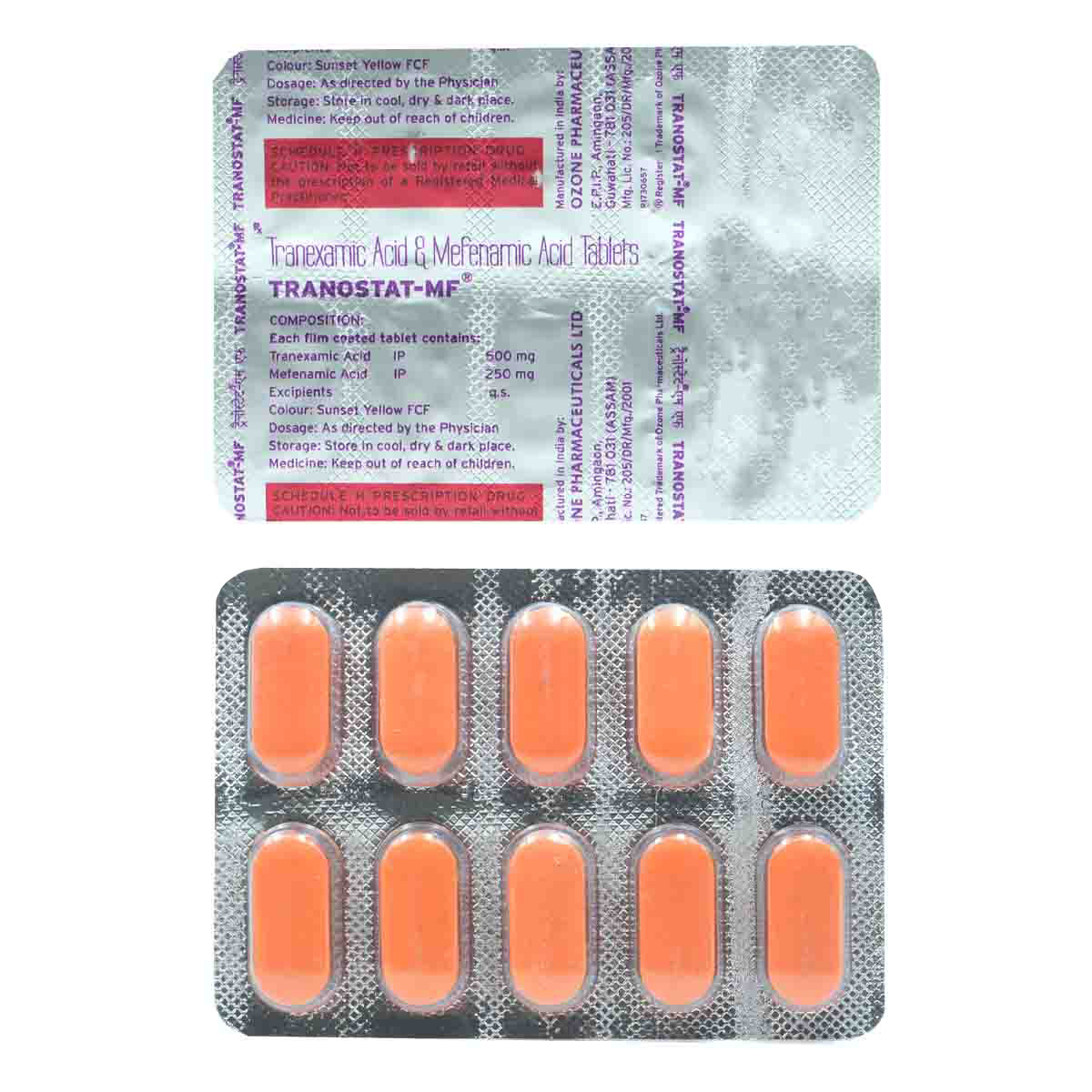
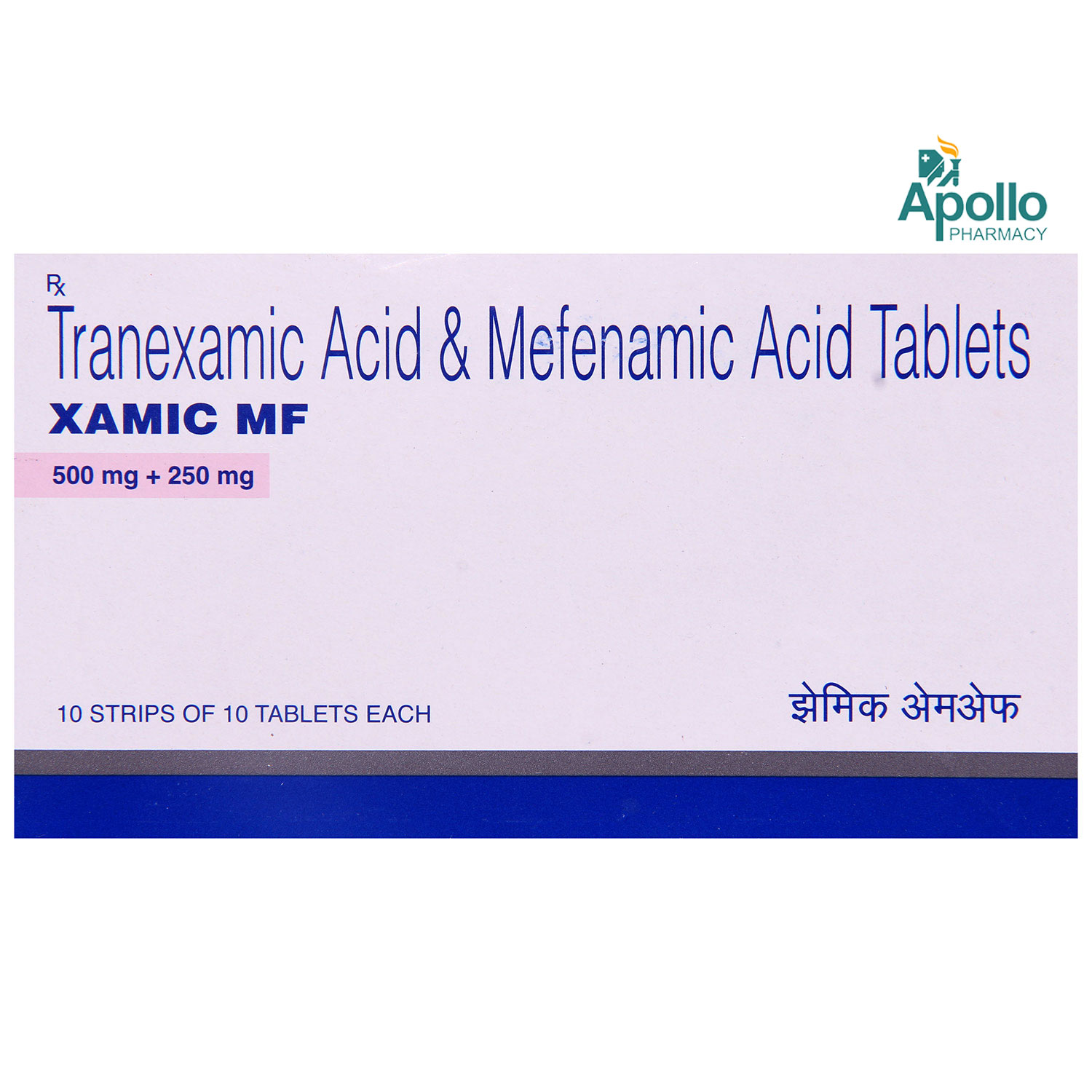

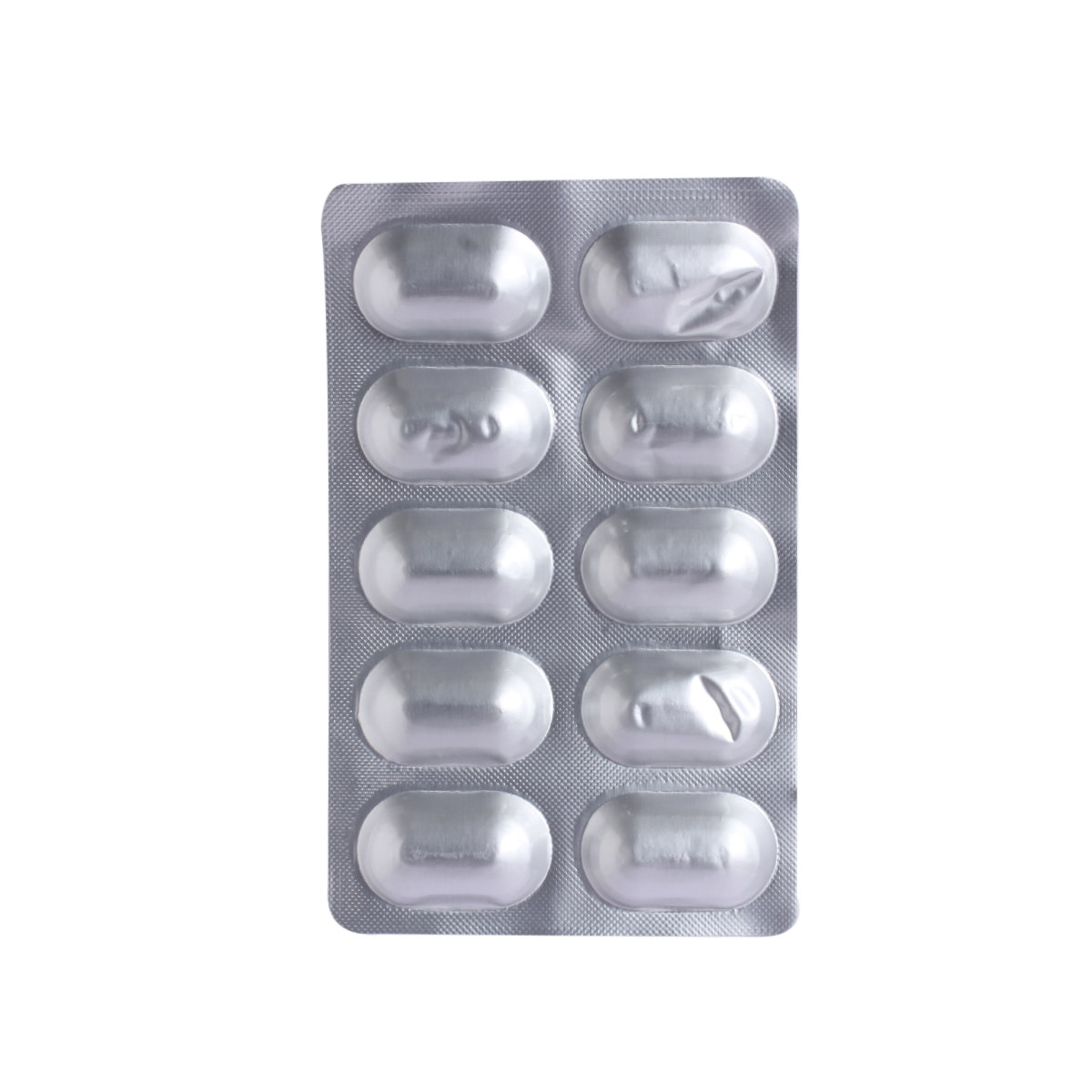
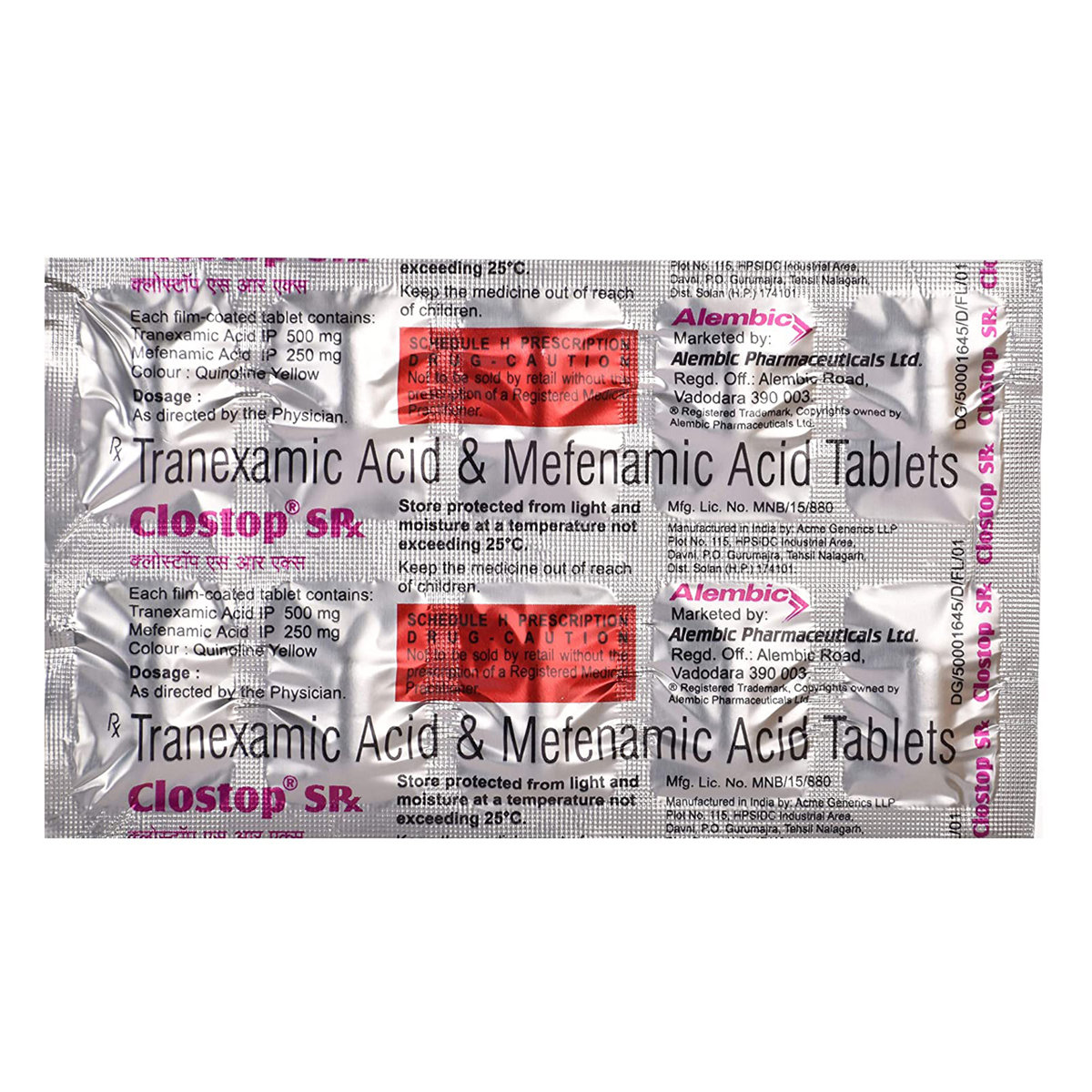
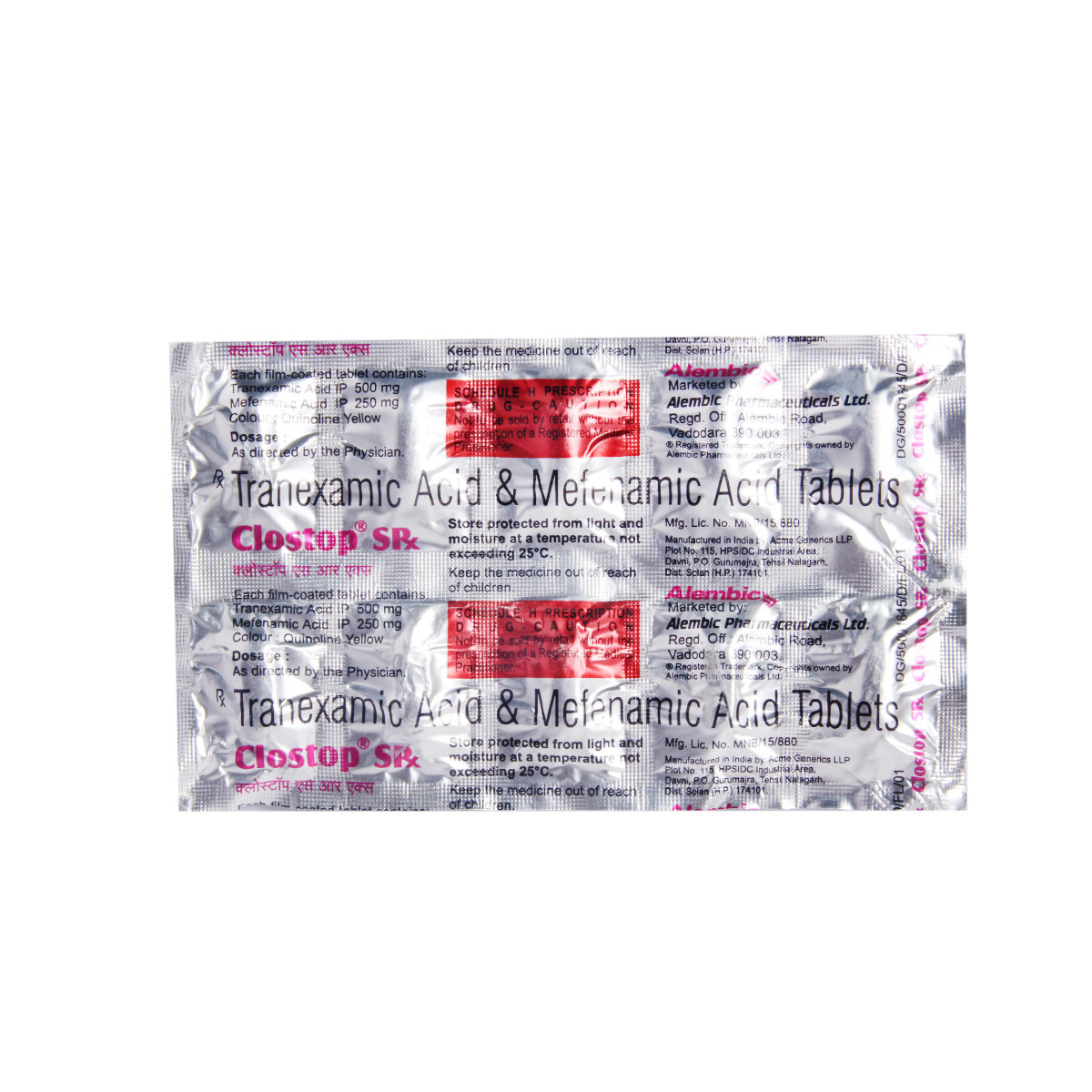
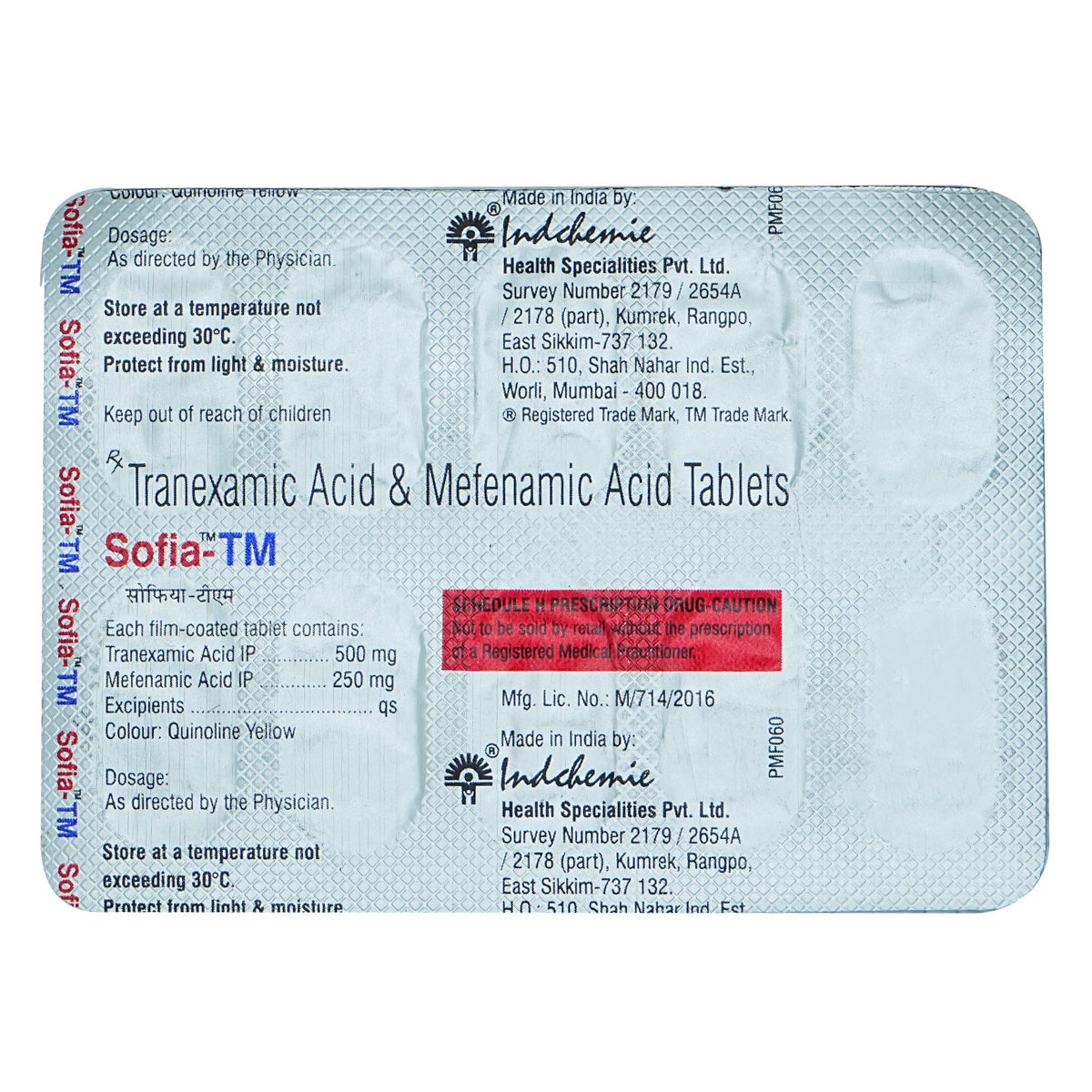
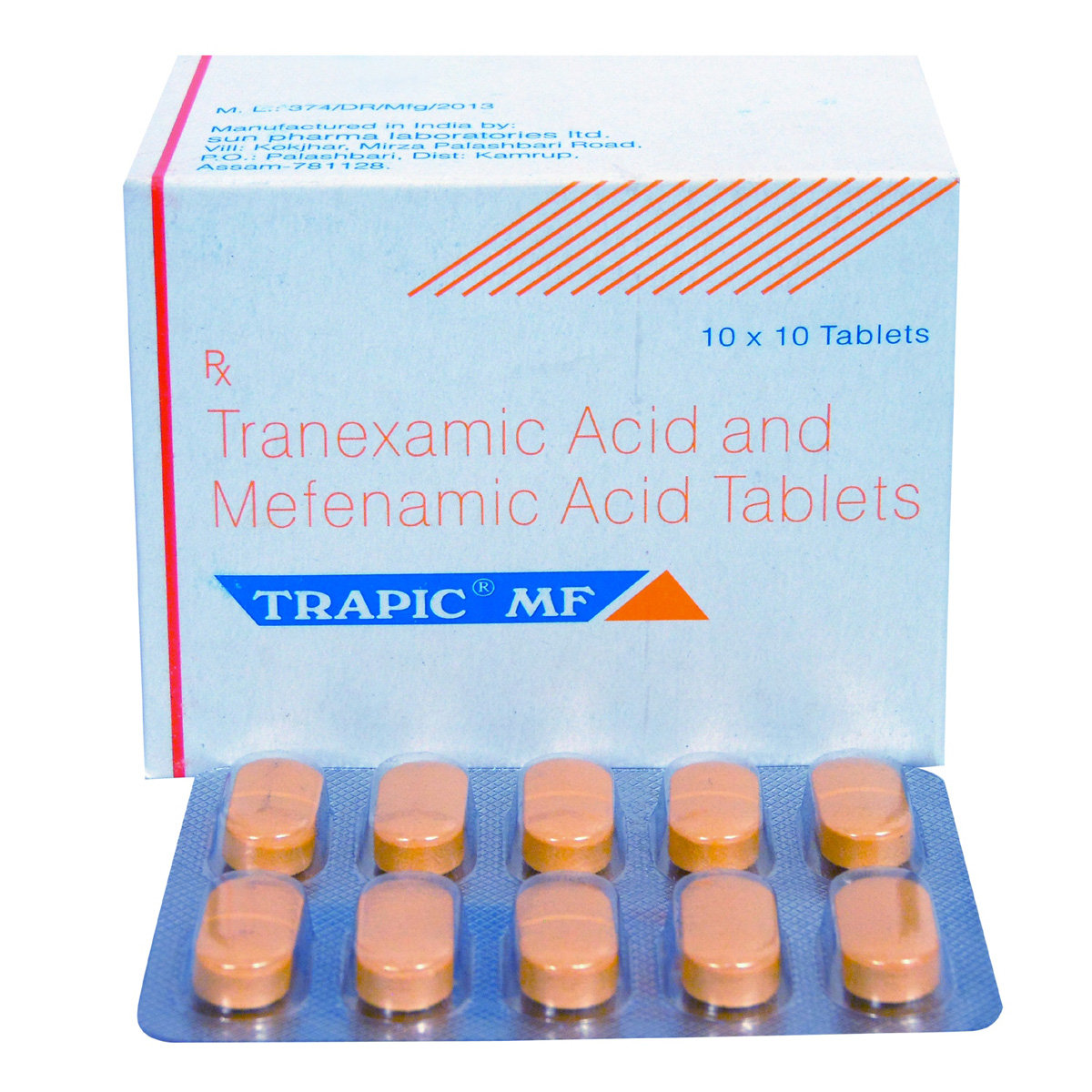
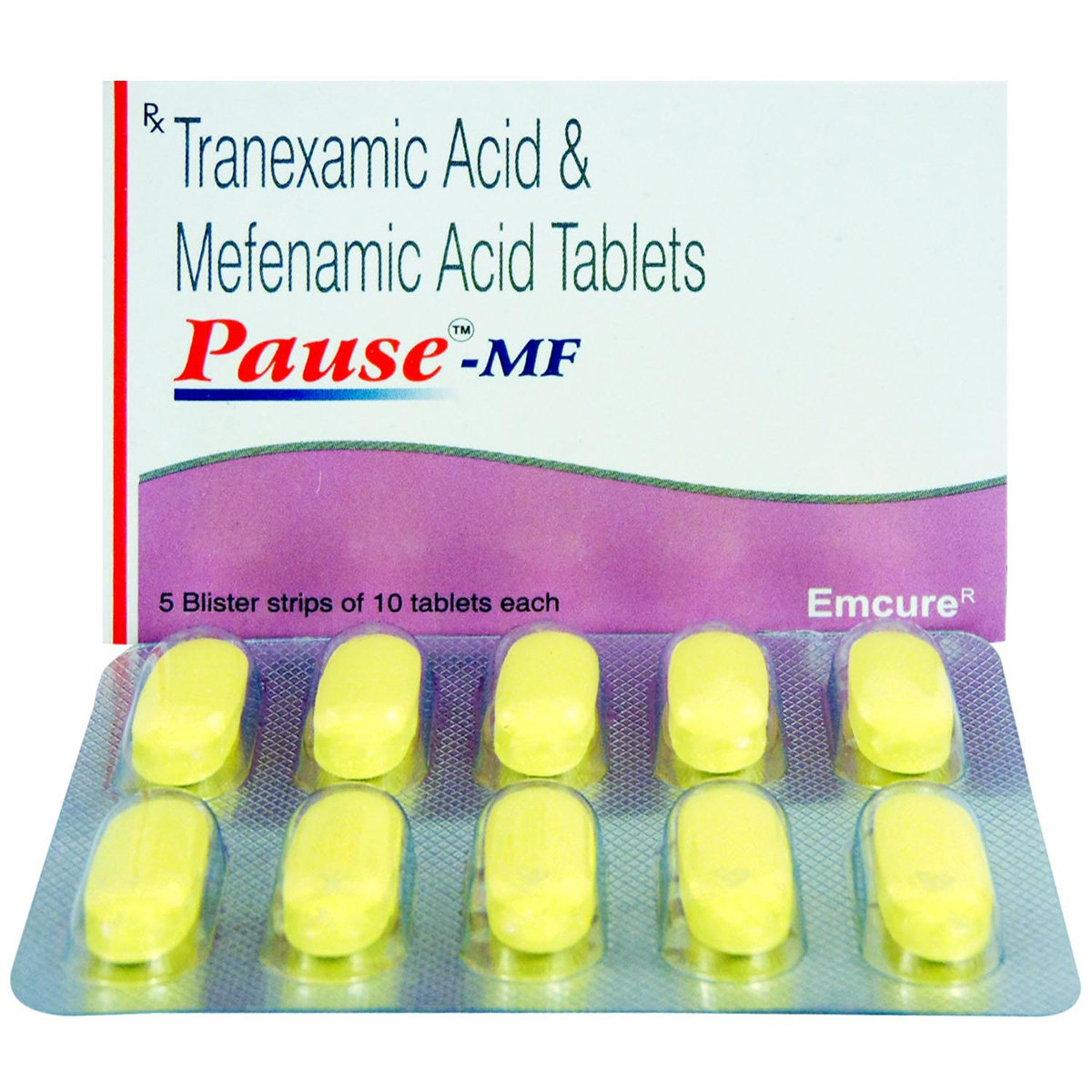

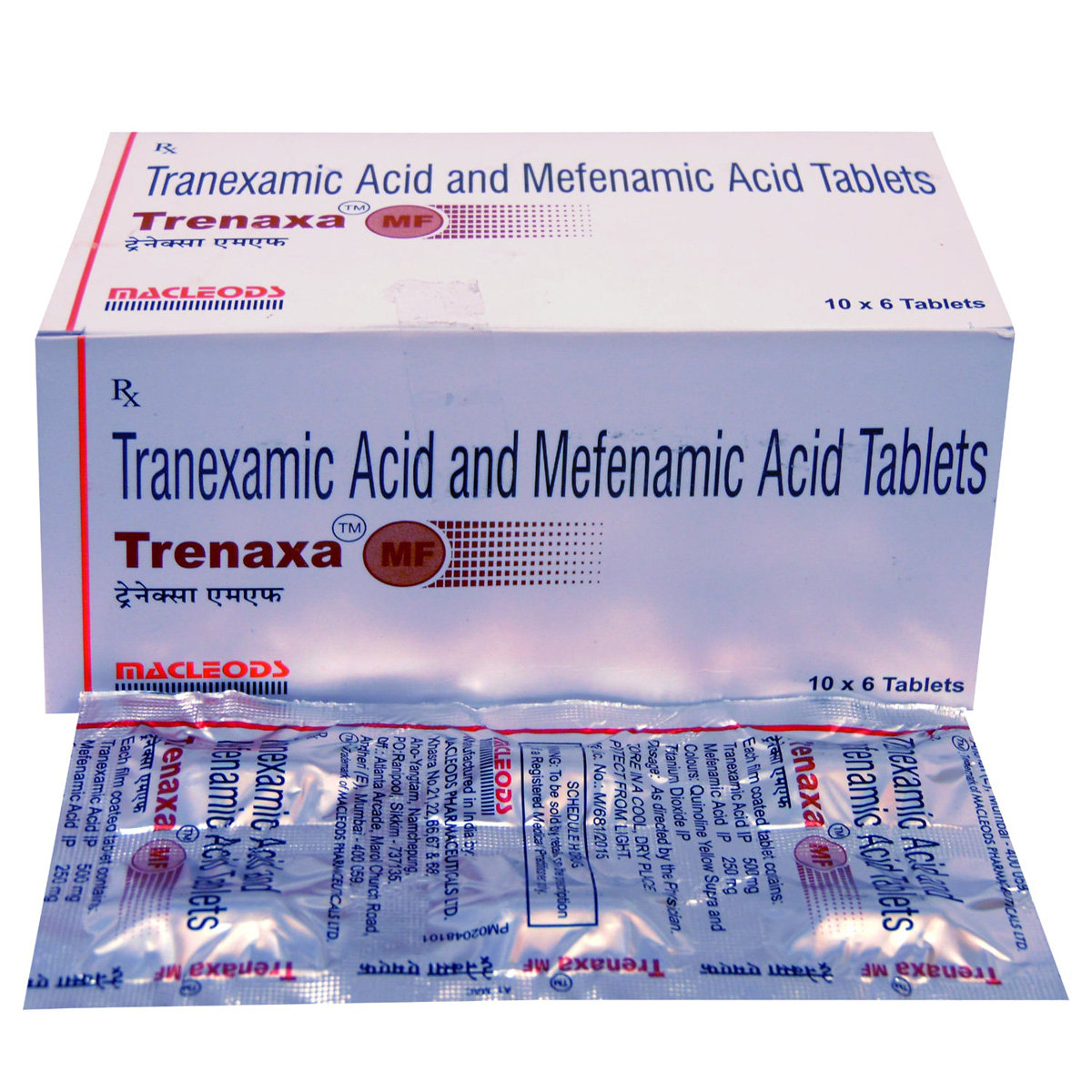

_0.jpg?tr=q-85)

